Since being established, we’ve committed over $67 million in funding towards hundreds of ground-breaking cerebral palsy research projects through the Cerebral Palsy Alliance Research Foundation. Today, we are the world’s largest private funder of cerebral palsy research.
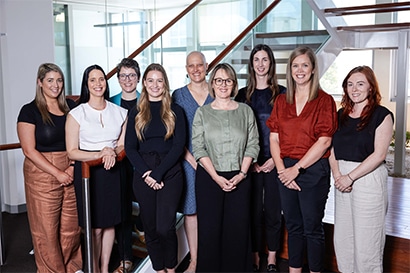
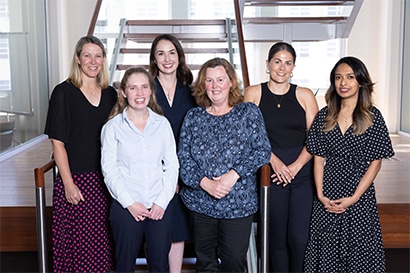
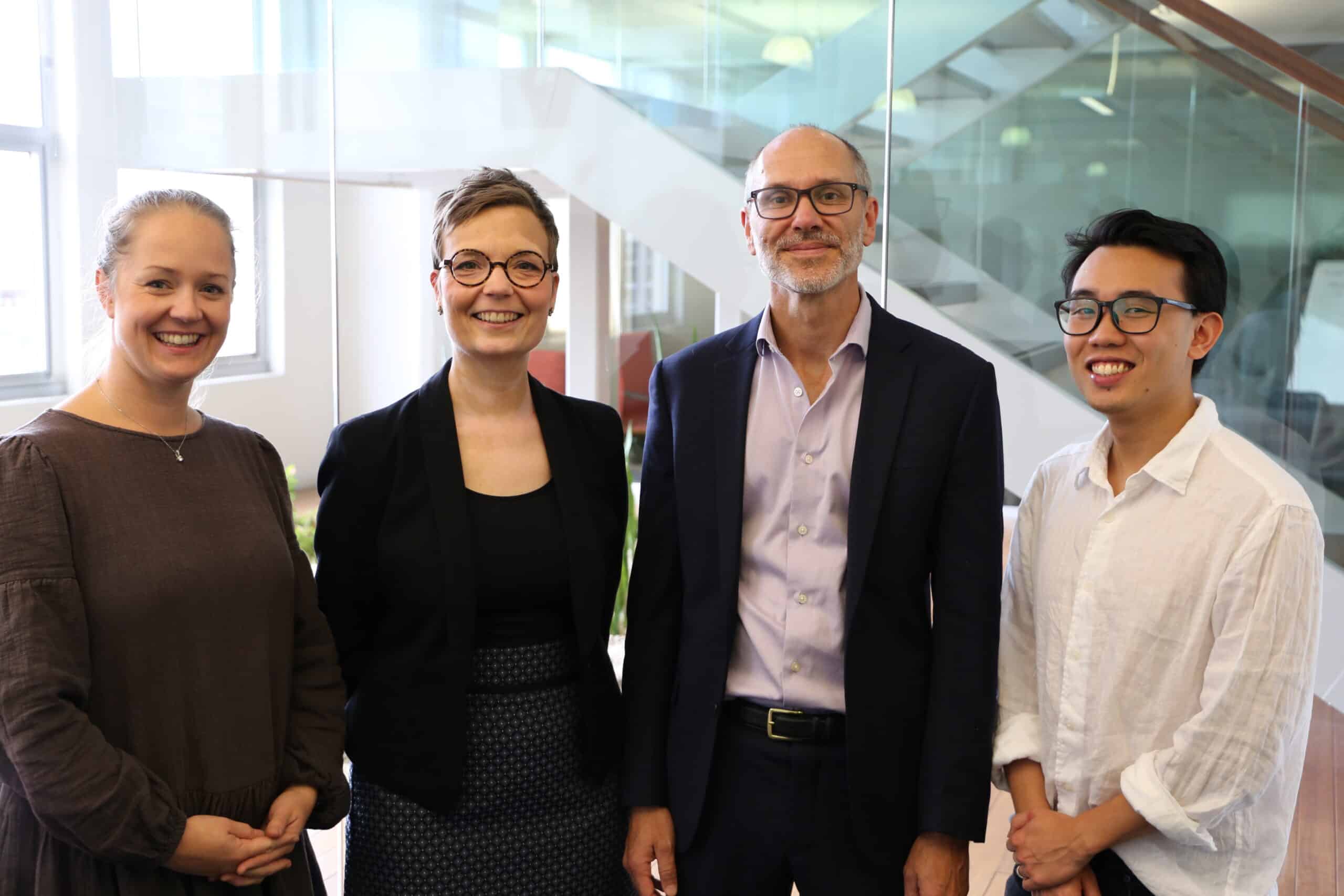
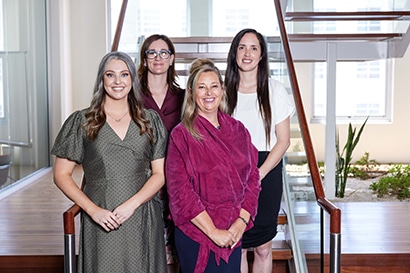
Our history of breakthroughs stretches back almost twenty years.
Today, we are the world's largest research institute dedicated to cerebral palsy.
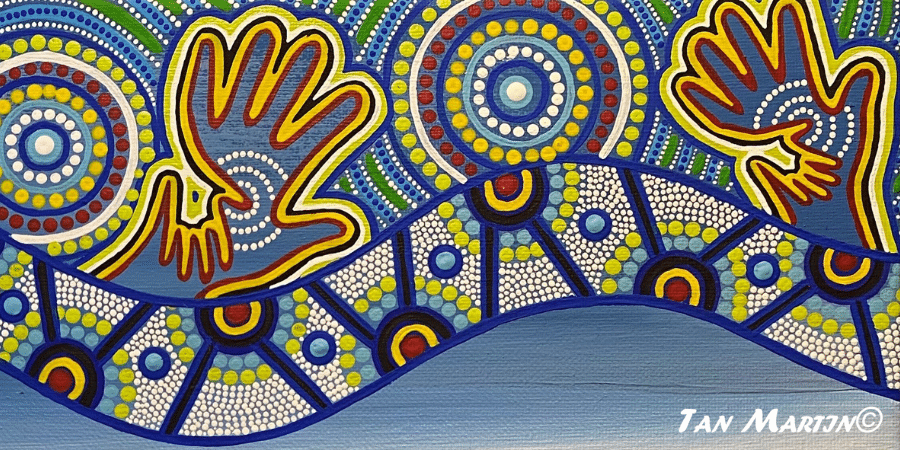
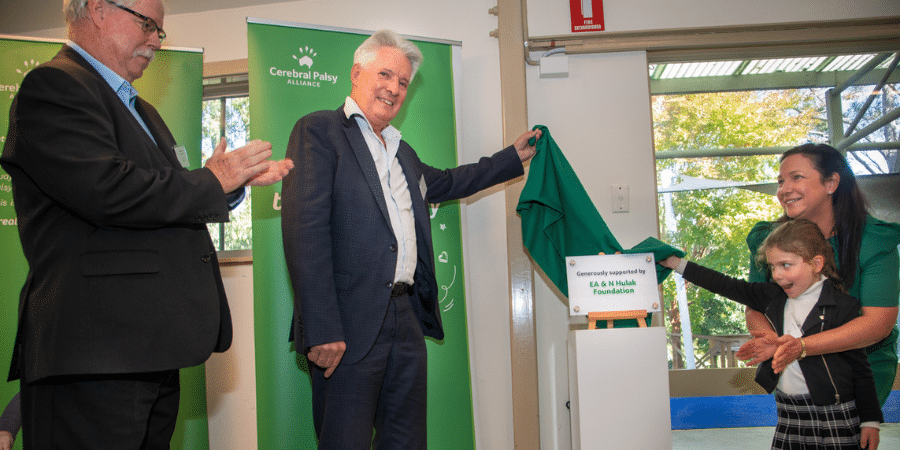
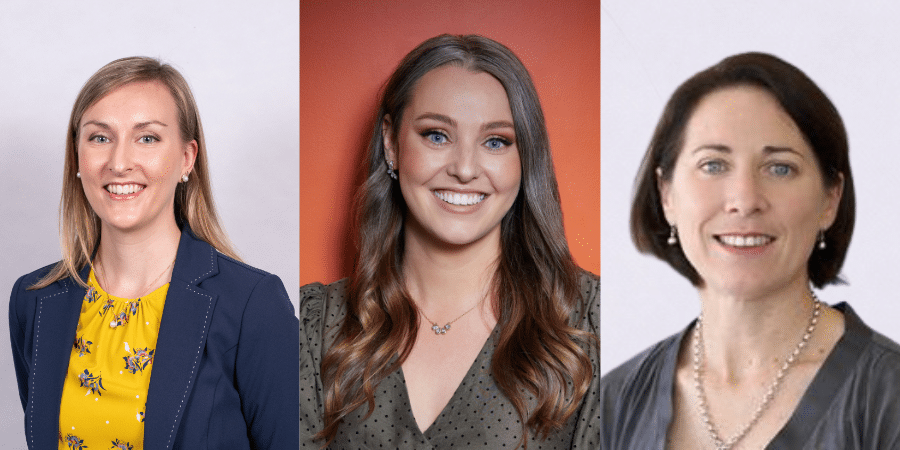
(Mon-Fri, 8.00am - 5.00pm)